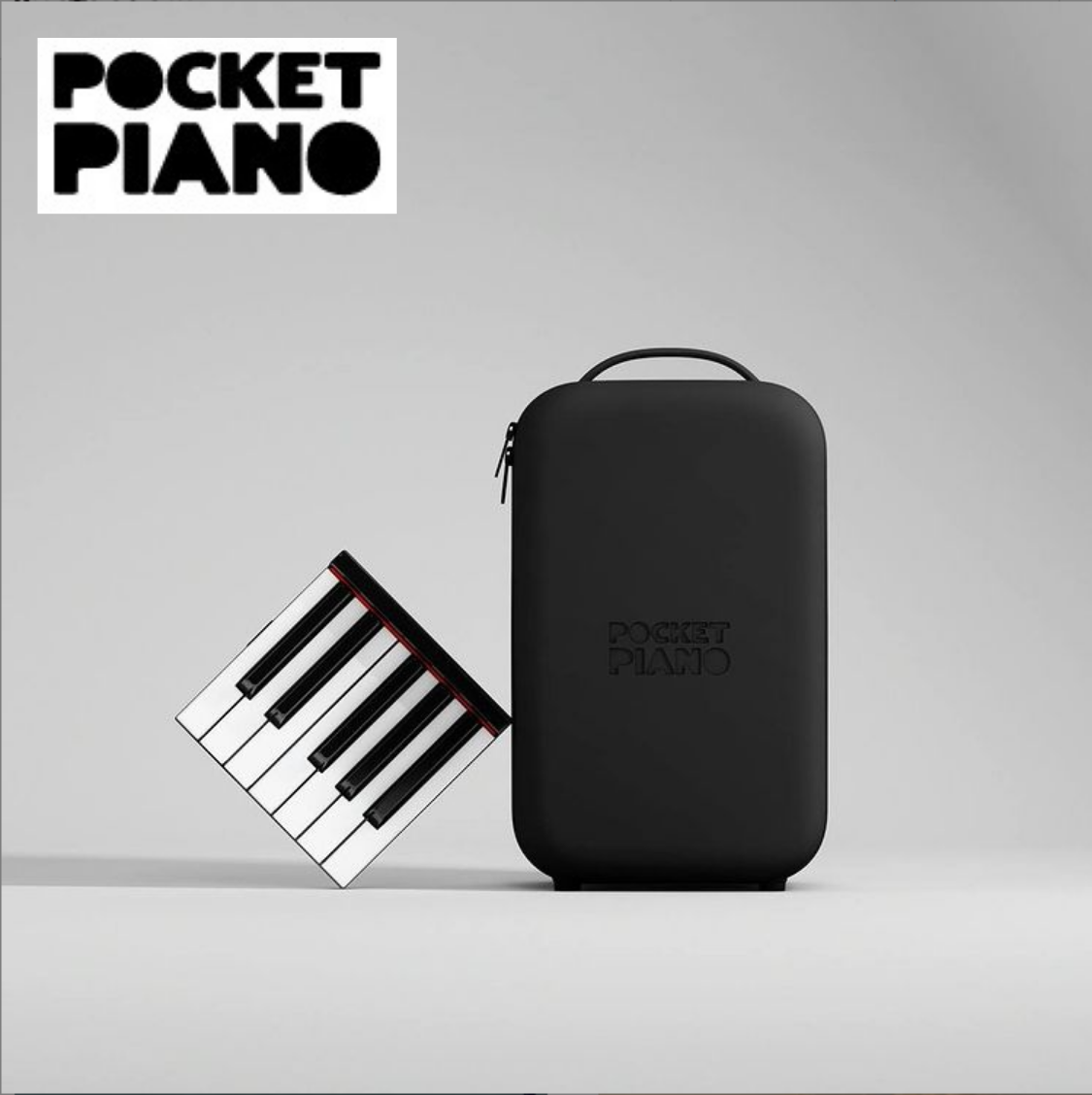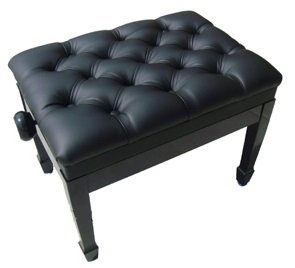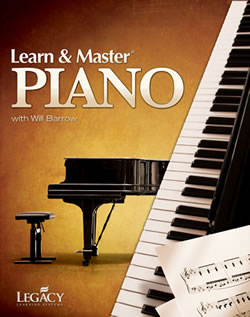Piano Serial Numbers
Find Your Piano’s Age & History
Piano serial numbers identify the (1) age of your piano, the (2) piano's year of manufacture, as well as (3) the circumstances surrounding the production of your piano, including factory history, manufacturing processes, and company ownership and oversight.
You can look up a free piano serial number history search from this page (see list of manufacturers, below).
Piano Serial Numbers:
Location, location, location...
Piano serial numbers usually have five to seven digits, but may have fewer or more, depending on the manufacturer and age of your piano. Serial numbers may also include a letter as well.
Here are the TOP FIVE places to locate the serial number of your spinet, console, studio, or upright piano:
Serial number locations are found:
1) On the piano’s cast iron plate. After lifting up
the lid, look along the top front area of the plate. The serial number may be
to the right or the left, or in the middle.
2) Under the opened lid on the ledge, stamped on a little plaque, to the right or to the left.
3) Stamped on the back of the piano; near the top of the wood frame.
4) Printed on one of the hammers, found on either end of the piano (newer or imported pianos).
5) Printed on one the keys - behind the nameboard, inside the piano (newer or imported pianos).
If you cannot find the serial number in any of the locations listed on this page, please watch the video below, to help find more piano serial number locations.
Grand Piano Serial Numbers
Where Are They Found? ...
Here are the TOP FIVE places to locate the serial number of your BABY GRAND or GRAND piano:
(See this link for a detailed picture of where to look)
Note: You may have to remove the (1) music desk first and (2) gently clean out any dust from your piano's plate [using a soft dry
cloth + vacuum hose] before you can find these numbers.
Serial number locations are found:
1) On the piano’s cast iron plate, near the tuning pins, as you face the keys. Look to the right or to the left.
2) The Capo d'astro bar. Located on the right, this acts as a 'bridge' to the 'beams' of the cast iron plate.
3) On the piano's soundboard (see link above for a diagram).
4) On a metal plate underneath the piano's top lid, near the strings and soundboard.
5) Immediate interior [front]: On the back of the [a] keyslip (long wooden ledge, runs along the front/bottom of the piano's keys. The serial number is often hidden and stamped on the other side, facing the keys). On the front of the [b] action frame (after the keyslip is removed), or stamped on [c] one or both of the cheek blocks, viewed to the right and left of the piano's keyboard.
On older pianos, you may find 3-5 screws, underneath the keyslip, that will need to be removed (or, simply lift up, if no screws are present) to view the action frame. The serial number may be stamped on the front of the frame's wooden base, immediately under the keys.
To the right and left of the keys are two end cheek blocks, which are each secured down with a giant bolt or screw, which passes through the piano's keybed, both of which must be removed, to access the interior of the piano (see video, above).
Caution: When unscrewing and removing the cheek blocks, do not mistake the piano's leg screw/bolt, with the cheek block's screw/bolt.
Also, be careful not to drop the cheek blocks once they are removed, which can gouge and permanently damage the piano's case, and the block's delicate condition.
To recap: the piano's serial number when it isn't immediately visible near the 200+ tuning pins or etched onto the soundboard, may be hidden, here (see the video, above, at 3:55 to prceed #1-4; please proceed with caution):
- The back of the piano's keyslip (immediately in front of / below the keys).
- On the front of the action's keyframe (once the keyslip is removed).
- On one of the end cheek blocks (each side of the keys - grand pianos, only); or
- Within the action itself, once removed from the piano. IMPORTANT: DO NOT TOUCH the KEYS when pulling out the action, and make sure ALL OF THE HAMMERS are DOWN in the REST POSITION before sliding out the action. Otherwise, you can end up BREAKING THE HAMMERS OFF THEIR SHANKS.
Scroll down below to find the (1) manufacturer of your piano, and then (2) click on the link to find the serial number.
(Please be patient as we are updating this page on a daily basis. We invite you to SUBSCRIBE to this page, and to use the search box above, as serial numbers are being updated and added on an ongoing basis.)
|
Baldwin |
Sohmer |
Is Your Piano Missing From Above?
Search For Your Piano's Age at the Feurich website, here:
https://www.feurich.com/en/information-contact/serial-number-check



Thinking of purchasing a Yamaha Piano? Visit our Grey Market Pianos page to find out more before making that purchase!
The Pierce Piano Atlas, 12th Edition now in hardcover format, provides a wealth of information about the piano manufacturing industry. Over 12,000 piano names are included, some dating back to the early eighteen hundreds. This guide provides references to serial numbers, dates of manufacture, factory locations, a brief history of many manufacturers and other pertinent information.
The Piano Book is the bible of the piano marketplace. An indispensable resource to buyers and owners of pianos, amateur and professional pianists alike. This book evaluates and compares every brand and style of piano sold in the United States.
Information on how the piano works, ages, and the difference between different piano brands is discussed in great detail. There is also a wealth of diagrams of parts, information on manufacturing, maintenance, moving and storage, inspecting new and used pianos, the special market for Steinways, and
sales gimmicks to watch out for.
Playing Piano for Pleasure is a practical guide to learning and
playing the piano for fun! Includes material from the author's
interviews with master pianists, artists, and writers. The result is a
book that should be cherished for years to come.
"Found Your Piano's Serial Number?"
Find Out Your Piano's Current Market Value
-- Discover Your Piano's Worth --
SUBSCRIBE TO OUR FREE EZINE:
Support our site at no cost to you. Make your Amazon purchases by clicking through this link, here.







 Click Here to View our Terms and Conditions
Click Here to View our Terms and Conditions